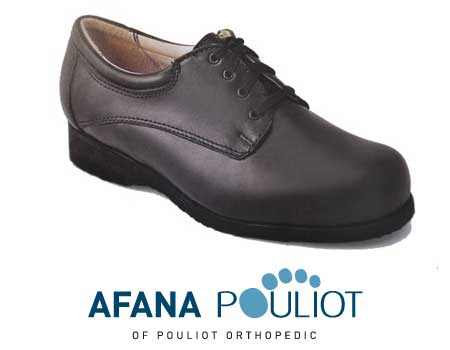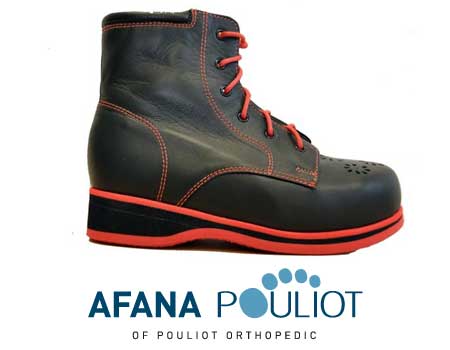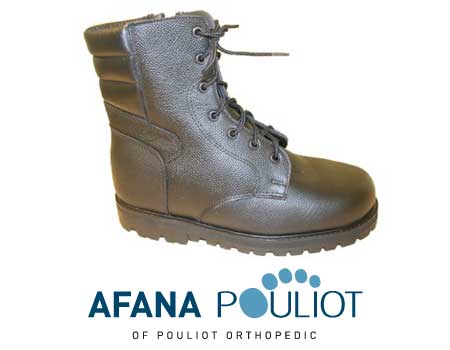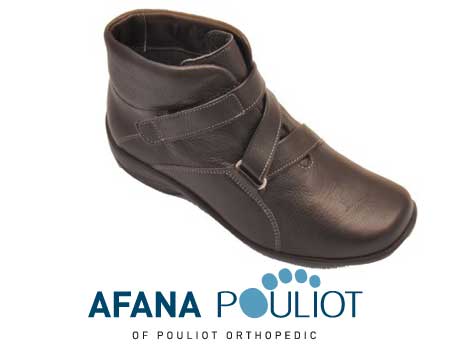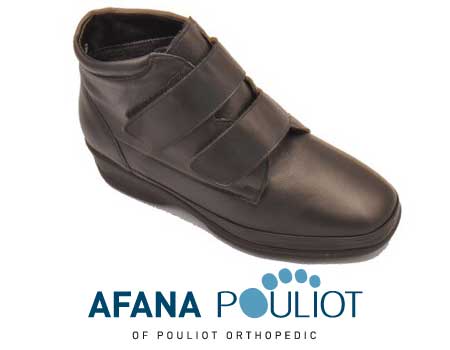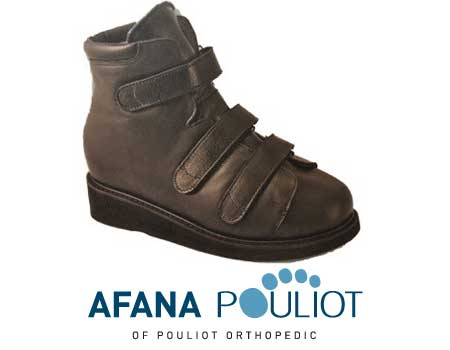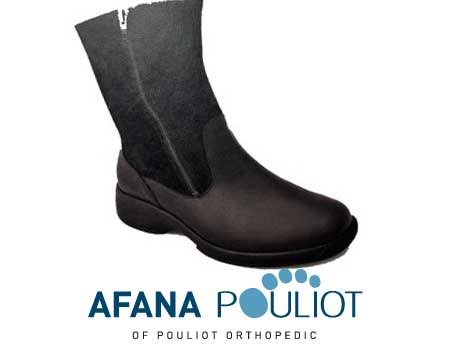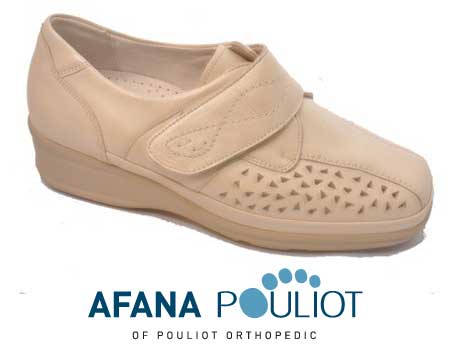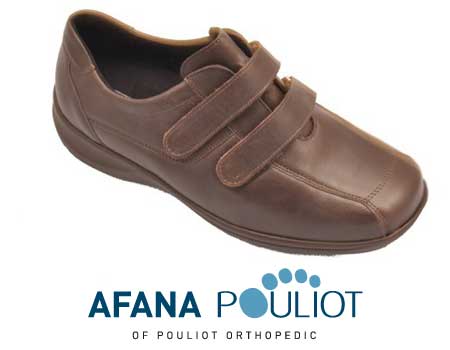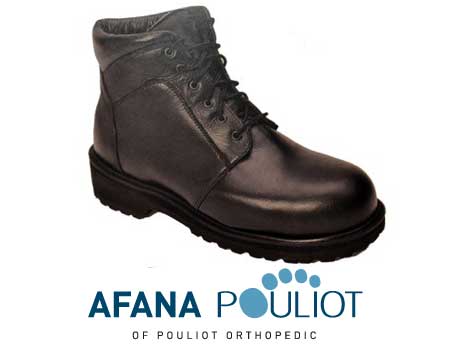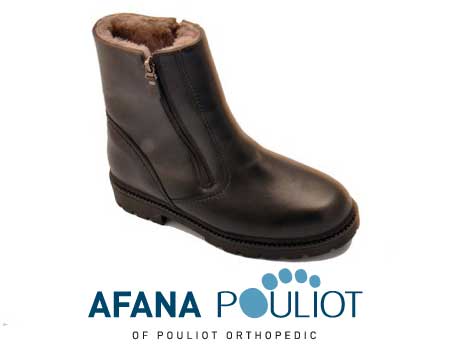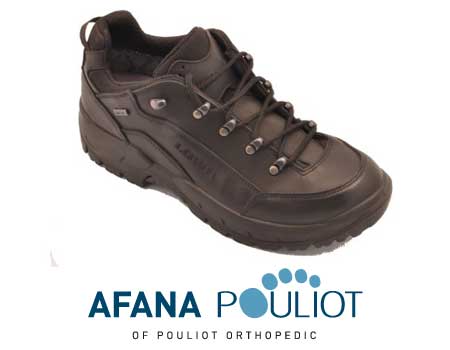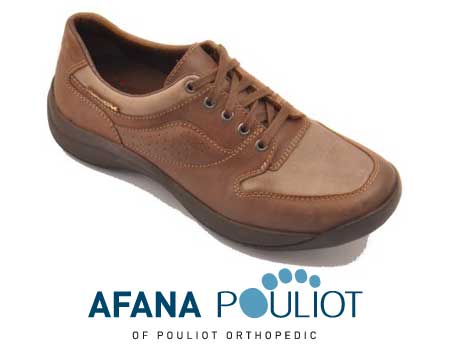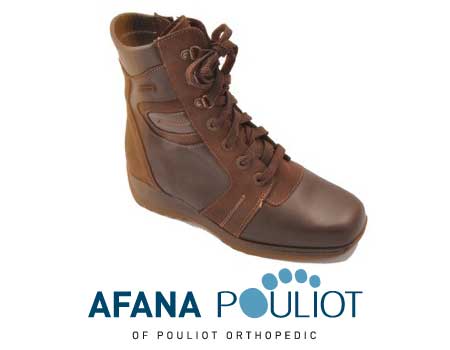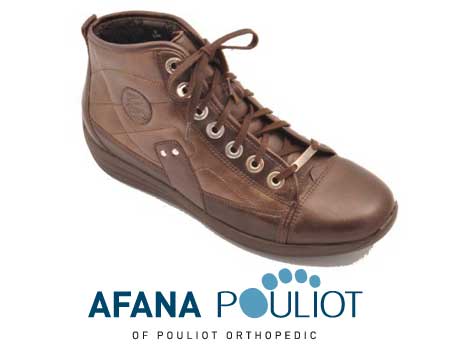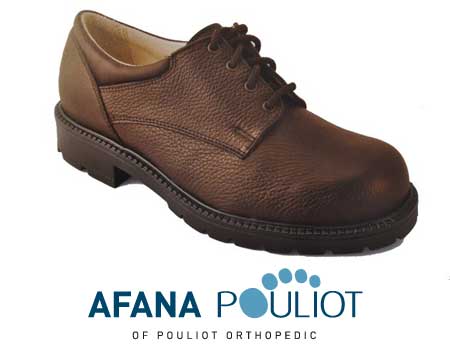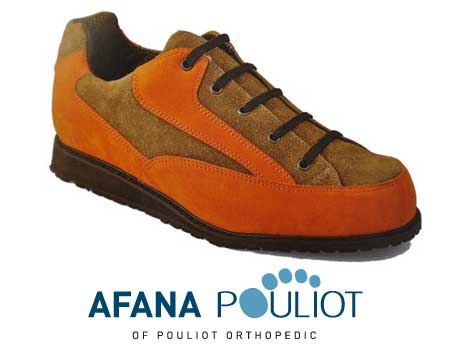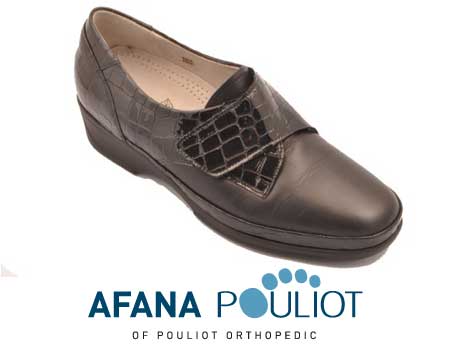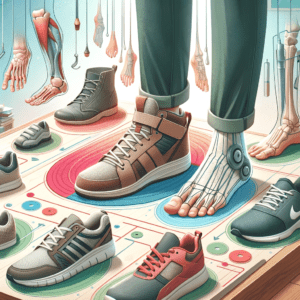The current mindset of many of us is that the human body parts in pairs are symmetrical. But you may realize that is not entirely true, especially when you are buying a pair of shoes.
One shoe fits perfectly fine, but the other feels too tight and uncomfortable. It is only natural to wonder if the foot length and width discrepancies are normal.
Don’t be too worried if your feet are not a perfect match. Many people are usually surprised to learn that having different-sized feet is relatively common.
Yes, research [https://www.hindawi.com/journals/jhe/2018/7815451/] indicates that approximately 40 to 70% of the population has unequal leg length, also known as leg length discrepancy or leg length inequality. In most cases, these variations are not particularly troublesome.
HOW BIGGER CAN ONE FOOT BE THAN THE OTHER?
The difference in leg length can be a fraction of an inch or a couple of inches. Reports reveal that some people notice discrepancies of up to 3 inches.
What is more, roughly 80% of Americans have a larger left foot than their right foot.
In general, the difference in leg length is around 1/3 of an inch. When it comes to the width aspect, the average is 1/8 of an inch.
WHY ARE MY FEET DIFFERENT IN SIZE?
As mentioned earlier, the human body parts are not perfectly symmetrical, including your feet.
Some people are born with different-sized feet. For others, the causes behind having a longer foot than the other could be functional and structural.
And in line with that, here are some reasons why your feet differ in length and width.
· PROLONGED WEARING OF A CAST: While this orthopedic device plays a crucial role in managing injured bones, keeping them wrapped around your foot for an extended period can cause size differences. That’s because the surrounding muscles are prone to shrinking.
· CHILDHOOD INJURIES: As young kids heal from fractures, an overgrowth of bone tissue can occur.
· CORRECTIVE FOOT SURGERY: If you suffered a foot deformity, the difference in your feet size could be blamed on the surgical procedure for fixing the problem. That’s especially the case in foot surgery for correcting clubfoot. Typically, a foot that has undergone this procedure is a smaller and broader than the healthy one.
· PREGNANCY: Expectant mothers gain weight that puts pressure on their bones, ligaments, and tendons. As these components loosen and relax, the feet can increase in size, but the change is not always uniform.
· FAVORING ONE FOOT: Perhaps the nature of your job usually engages one foot more than the other. Unfortunately, this can lead to leg length inequality.
LEG LENGTH DISCREPANCY AND SHOPPING FOR FOOTWEAR
While it is normal to have different-sized feet, you might find it challenging to get a fitting and supportive pair of shoes.
If your feet variations are easily noticeable, the regular off the shelves footwear may not be your best choice. Instead, you may want to opt for custom-made orthopedic footwear.
At Afana Pouliot, we can examine and design tailor-made shoes to support your feet and enhance function. Call us at 1-866-297-2817 to book an appointment.


